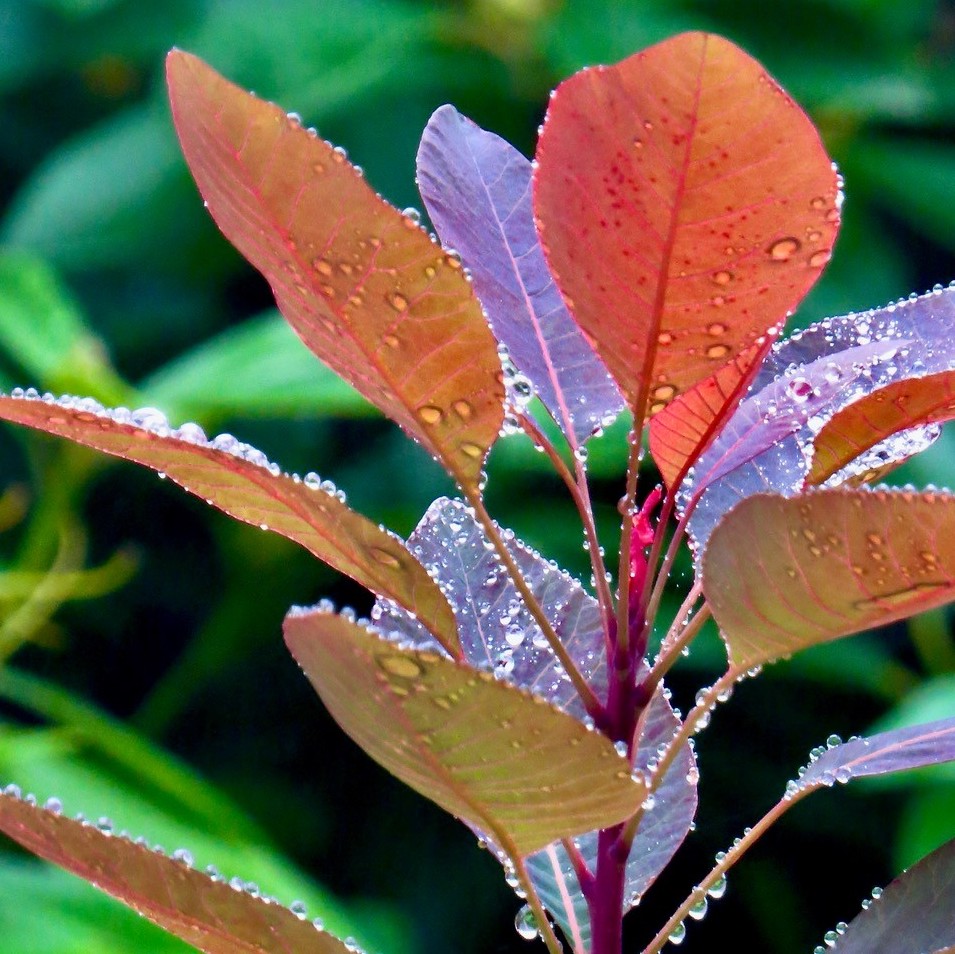December 23rd, 2020Glen about the house – A waterlogged garden?
It’s been a long time since I’ve written that line but, judging by this year’s promising start, we could be faced with the double-edged benefits of that long-awaited wet Winter. At least, we have got off to flying start.
I said double-edged because copious rainfall after extended periods of drought can not only cause flooding and even washaways, but it can also bring harm to established trees and shrubs, especially in heavy, poorly-drained soils.
This is especially so when after several years of drought many beautiful old trees simply collapse and all too often die, overcome by the sudden rush of water. The lack of water causes the fine, water nourishment-seeking hair roots to wither and in many cases die, and the tree to virtually shut down and almost hibernate until better times. Then it becomes susceptible, in its weakened state, to attacks from predator pests and fungal disease. The real problem comes, especially in heavy and poorly-drained soils, when what’s left of the root system can’t cope with the sudden flood. That would be a bit like force-feeding a Sunday roast to a starving castaway.
Fortunately most of our local soils are well drained, but there still could be low- lying problem areas or those with heavy, impervious clay subsoil. Plant roots can’t survive in waterlogged soil as they are unable to get sufficient air. Worse still, wet soil restricts the activity of earth worms and beneficial soil organisms. Besides, the garden beds take longer to warm up in Spring.
Hydrophobia
The other problem created by extended periods of drought is water-repellent soil. Simply put, the surface of the soil, even well-drained sandy loam, becomes hydrophopic or waterproof. You can soon tell by the way the water pools on the surface and then runs off. In areas where you can simply cultivate the surface, working in fibrous organic material such as compost or well-dried lawn clippings etc, the problem is easily solved. Where digging or hoeing is impractical, the answer is to let a wetting agent break the surface tension of the soil particles to let the moisture in. A liquid wetting agent is available from most garden stockists and can also be available in powder form from health food shops.
Down the drain
There are several ways to overcome most soil drainage problems. On shallow soils that lay over heavy clay, shale or rock, garden beds can be built up simply by adding friable loam, straw and compost to the area so that you have at least 60cm of growing material over the impervious layer. This works well for small beds or where the ground slopes to provide natural drainage.
On slower-draining areas, the effects of heavy downpours can be permanently reduced by installing large-diameter slotted PVC drainage pipes. These merely need a narrow-slit trench dug down to the surface of the subsoil, or even further if necessary. The trench floor should be flat and even, with a slope of 25mm for each 10 metres of length.
Lay the pipes in the trench and cover them with at least 15cm of gravel, scoria or rubble and fill the trench with sand or screenings to prevent the slits from becoming clogged.
If a large area is to be drained, you may need to direct the water to a main pipeline from several pipes in a grid pattern.
If the drainage problem is localised and without an outlet, it may be wise to direct the main pipe to a rubble-filled sump at the lowest point, 2 metres wide and deep, and filled with gravel or similar coarse material to allow the water to soak away.
Pictured, cotinus coggygria purpurea, (purple smoke bush) luxuriating in the first of the many autumnal downpours
Got a gardening question? Ask Glen. Email glenzgarden@gmail.com










